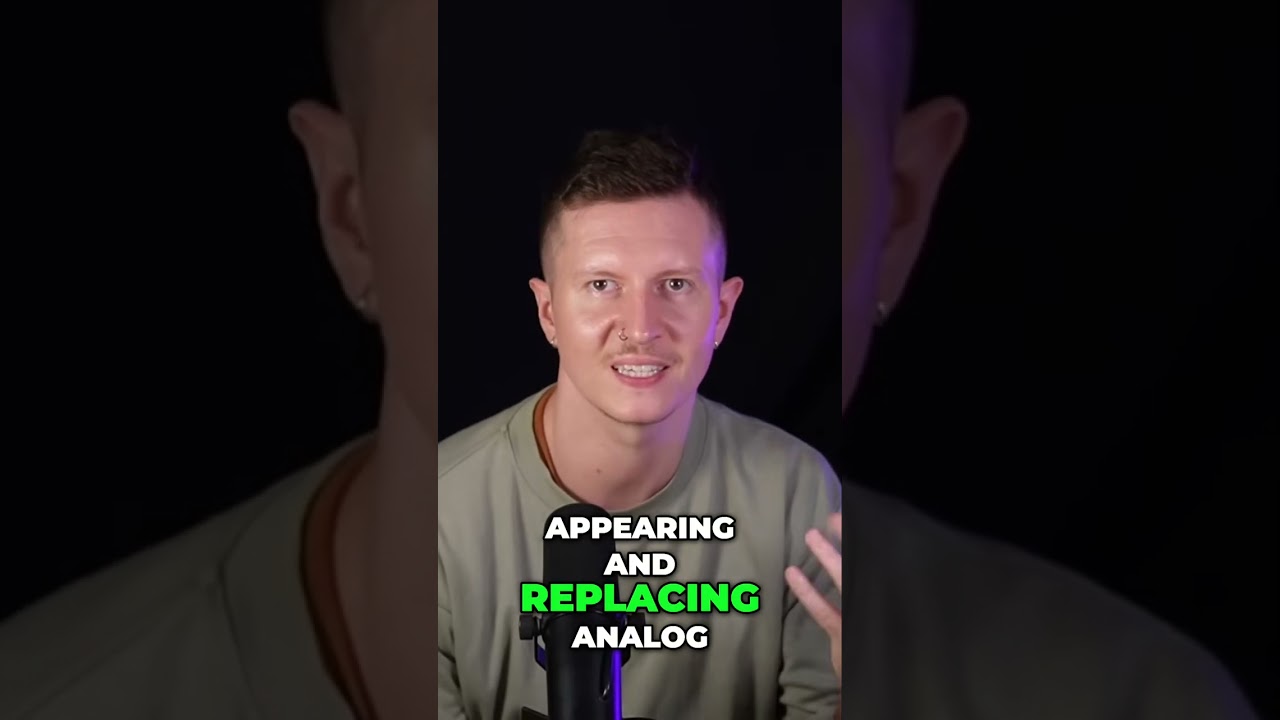The video highlights the historical pattern of resistance from artists toward new technologies, such as Photoshop and now AI art, which ultimately lead to evolution and expanded creative possibilities. It encourages artists to embrace AI as a tool for innovation and growth rather than fear it as a threat to their relevance.
The video discusses the recurring pattern of outrage and resistance from creatives whenever a new technological advancement emerges. Historically, artists and other creative professionals have often reacted negatively to innovations that disrupt traditional methods. This resistance is a natural response to change, as new tools and technologies challenge established practices and the status quo within creative industries.
One significant example highlighted is the introduction of Photoshop, which revolutionized the way artists create digital illustrations. Photoshop replaced many analog techniques, forcing artists to adapt to digital tools to remain competitive and relevant. This transition was met with some resistance but ultimately led to new forms of artistic expression and expanded creative possibilities.
The current wave of change is driven by AI art, which is now seen as a successor to Photoshop in transforming artistic creation. AI art tools can generate images and designs with minimal human input, raising concerns about the future role of traditional artists. The video emphasizes that AI art is not entirely new but rather the next step in the ongoing evolution of creative technology.
Artists have always needed to evolve alongside technological advancements to maintain their relevance in the industry. The video suggests that rather than fearing AI art as a threat, creatives should view it as an opportunity to expand their skill sets and explore new artistic frontiers. Embracing AI tools can lead to innovative collaborations between human creativity and machine intelligence.
In conclusion, the video frames the AI art revolution as part of a broader historical pattern where technological leaps initially provoke outrage but eventually lead to evolution within creative fields. Artists who adapt to these changes continue to thrive, while those who resist risk becoming obsolete. The message encourages openness to change and continuous learning as essential for survival and success in the ever-evolving landscape of art and creativity.
